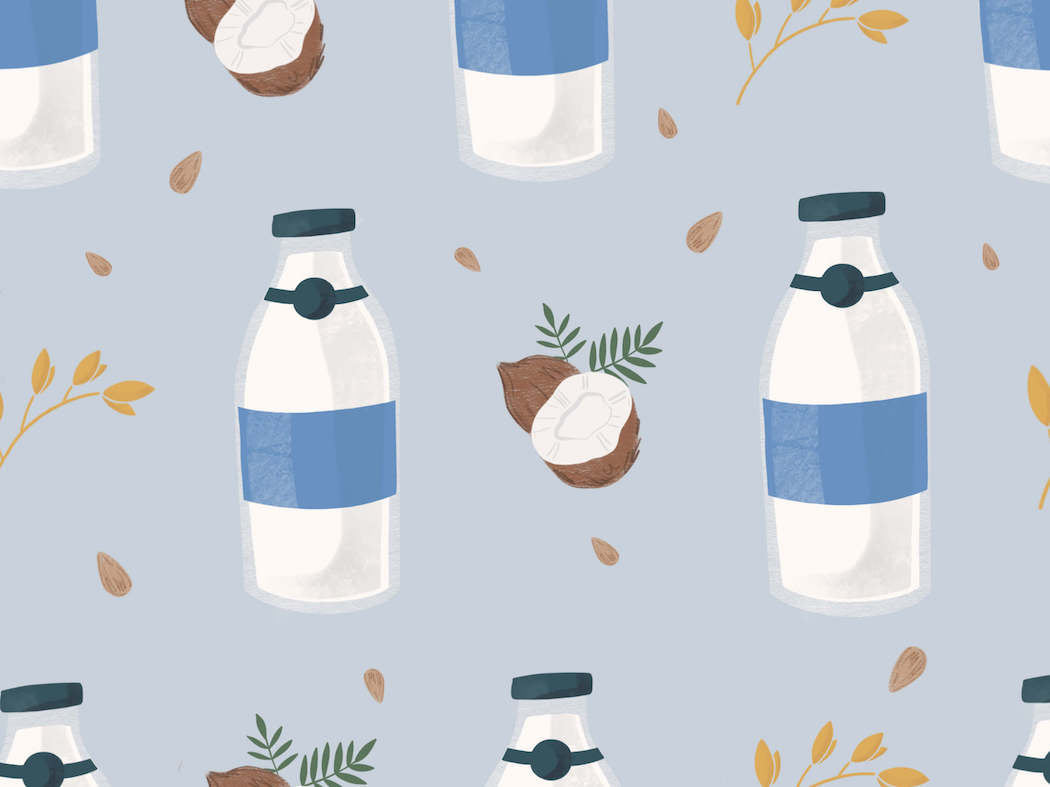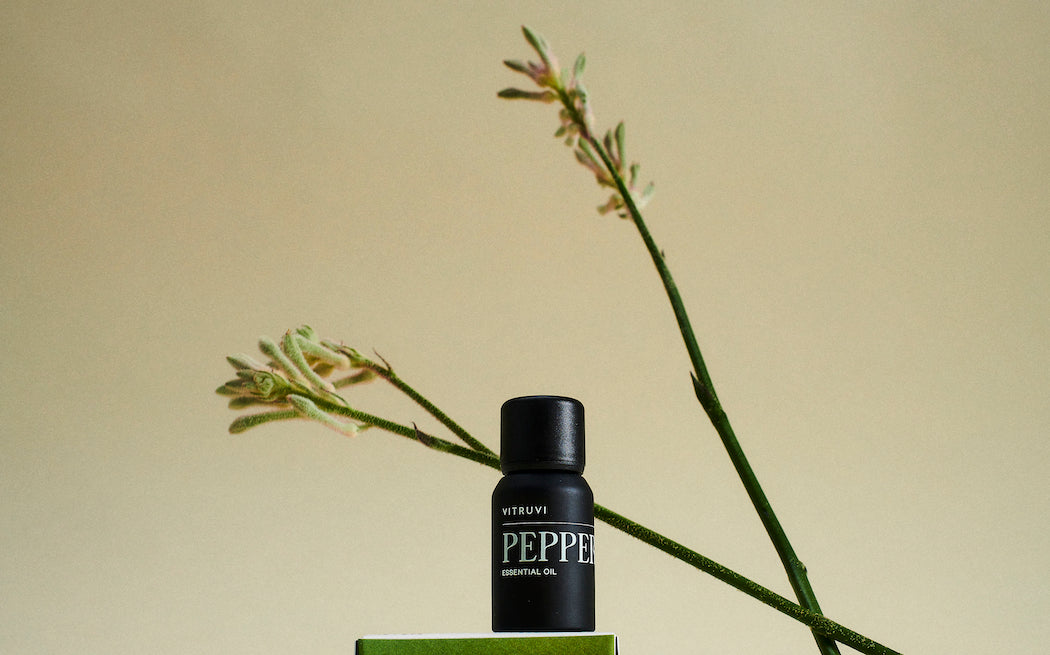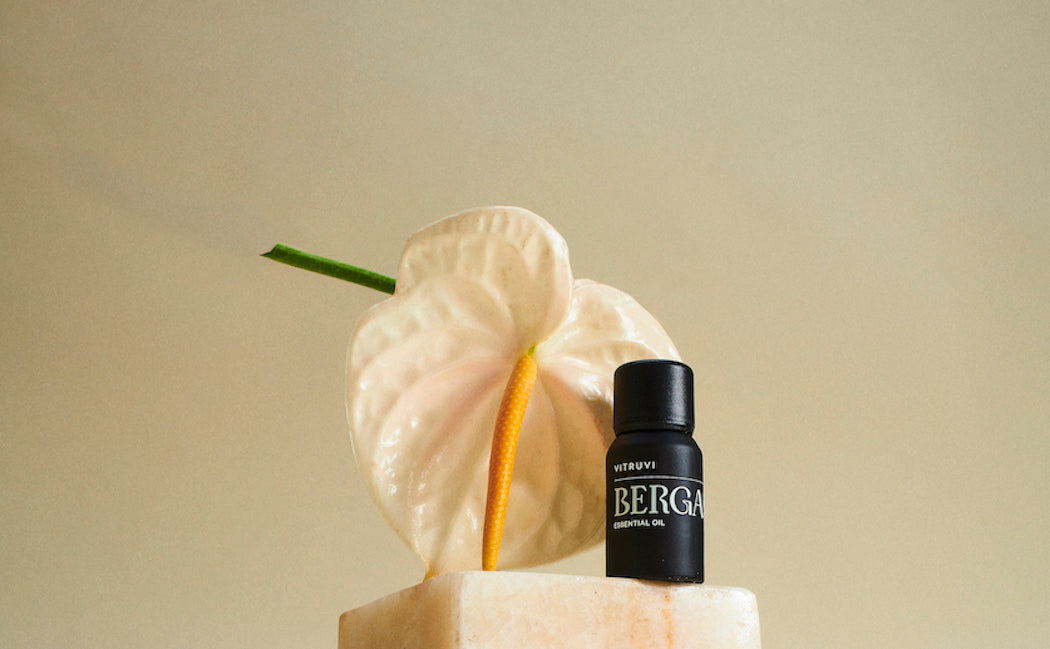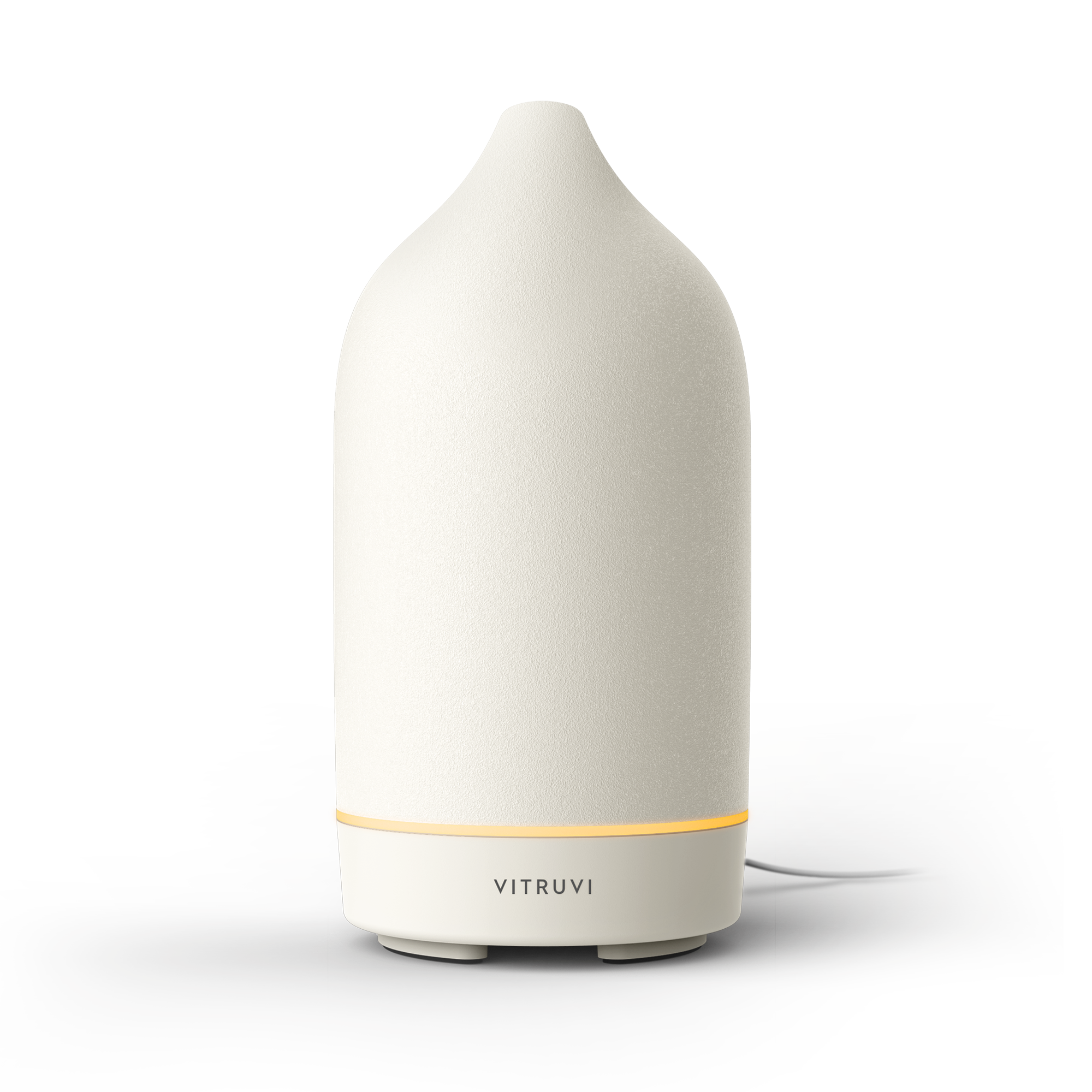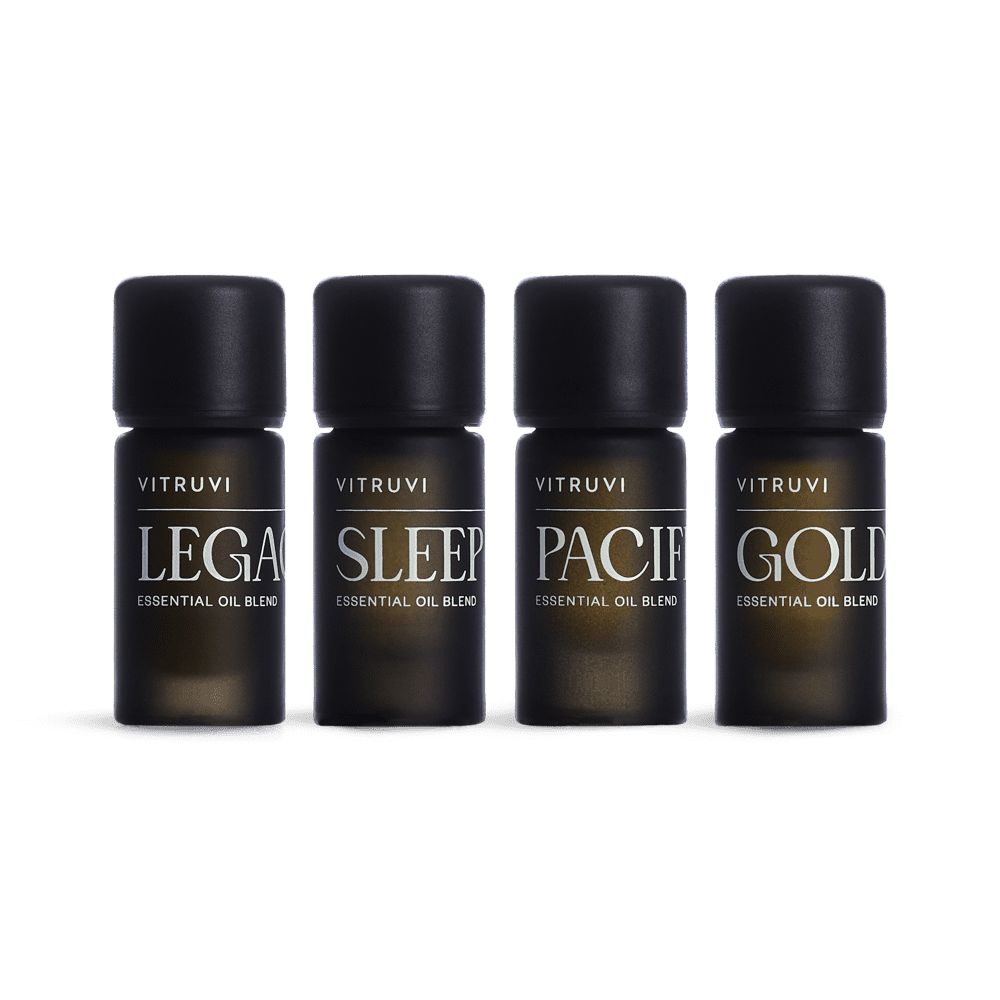Sad times for those of us who can’t survive without a latte or yogurt smoothie: the evidence is overwhelming that dairy farming is terrible for the environment (not to mention for the poor cows themselves). They produce vast amounts of methane (a greenhouse gas), and because they’re so large, they require a lot of food—which means they occupy a lot of land. “The world’s cows graze an area bigger than the USA,” says culinary geographer and University of the Fraser Valley faculty member Dr. Lenore Newman. “If everyone in the world wanted to eat as much dairy as Americans and Canadians, we couldn’t do it; we don’t have the land. We need to find a better way or we’ll literally cow ourselves to death.”
When it comes to milk, that better way has mostly been focused around plant-based alternatives such as soy milk, almond milk, oat milk, cashew milk, and coconut milk. These are widely available, but vary in their nutritional value, environmental footprints, and, of course, taste.
What’s the nutritional value of non-dairy milks?
Does anyone actually need cow’s milk? Holistic dietitian Shannon Smith doesn’t think so. “Most adults aren’t dependent on milk for protein and calories,” she says. “It’s not the case that small children need to be having dairy, either, though if you do choose not to include it in their diets, it needs to be a mindful decision because their fat, calcium, and protein needs are high.”
One of the most protein-rich milks is soy, which has around eight grams per cup. There is controversy around soy foods because the isoflavones in them have been linked with breast cancer. However, Smith says the science points in a different direction. “When you’re looking at whole soy-based foods such as milk, tofu, tempeh, and edamame as opposed to processed ones, the quality research actually shows overall disease prevention,” she says, though she acknowledges that you may want to limit your soy consumption to one portion a day. A harder-to-find option that she particularly likes is pea-protein milk, the main maker of which is Ripple, and which has roughly the same amount of protein as soy. “Most of the other plant-based milks,” Smith explains, “including nut milks and oat, only have a small amount of protein.”
Cow’s milk is naturally high in calcium and is supplemented with Vitamin D. Many milk substitutes are similarly supplemented, so Smith suggests simply comparing their nutritional information in the grocery store to check that you’re getting those micronutrients.
People are also concerned about carrageenan, a seaweed-derived ingredient added to some milks and many other foods as a thickening agent. Some research indicates that this can cause gut and stomach issues, but the majority of the scientific evidence says it’s safe. For those who are concerned, it’s easy to find carrageenan-free milks, which will usually be clearly labelled as such.
What’s the environmental impact of non-dairy milks?
According to Newman, there have been some good comparison studies done on the environmental impact of the various milks. “Weirdly the hardest one to figure is the true impact of dairy—other than that it’s much larger [than any plant-based milk],” she says. “The dairy industry is like an iceberg; a lot of it is hidden because 90 per cent of milk goes into industrial food processes.”
How do the non-dairy milks stack up? “Almond, coconut, oat, rice, and soy all save about 95 per cent of the land you’d use for dairy, and produce about five per cent of the emissions,” says Newman. “Where they vary is in their impact on the environment.” Almond agriculture is said to negatively affect bee populations, and is water-intensive—particularly problematic because the majority of the nuts come from drought-affected California. Macadamias, hazelnuts, coconuts, and cashews come from places where water is abundant.
There are other issues to consider. For example, coconuts are grown in mixed forests rather than plantations, which means they can be grown alongside other plants without the need for deforestation. And growing rice produces methane, though far less than cows. “The real winner is oat,” says Newman. “It doesn’t require cutting down tropical forests and is easy to grow. Also, Canada produces a good chunk of the world’s oats.”
What do non-dairy milks taste like?
Smith, who is a long-term vegetarian, says finding a milk substitute that’s palatable to a dairy drinker is subjective. “Soy milk and pea-protein milk have a similar mouth feel [to cow’s milk]. A lot of clients are leaning more towards oat milk for coffee drinks because it foams,” she says. For cooking, milk substitutes are pretty similar, though be sure to choose one that’s not sweetened or flavoured.
Milk aside, Smith thinks most dairy alternatives have room to grow. “Cheese substitutes are coming along; for example, the fermented nut-based products are pretty good,” she says. But “yogurt substitutes can be high in sugar and have long and unfamiliar ingredient lists. Most of my clients want something with real ingredients that they can understand without needing to Google them.”
What’s in the future for non-dairy milks?
Newman is a renowned authority on this subject, and she is sounding the death knell for dairy. She acknowledges that for many people, non-dairy milks and cheeses just don’t taste right, but there’s a solution to that, and it’s not far away: fermentation-based milk. “Cow in a vat, my students call it. It’s basically a brewery. You take yeast and alter it to produce milk proteins instead of alcohol,” Newman says. This is a technique that’s already commonly used; insulin is made this way, as is the secret ingredient in Impossible Burgers that make them taste meaty. “Fermentation-based milk is viscerally equivalent to [cow’s] milk—so close that you can’t tell the difference—and you’ll be able to make cheese, ice cream, and yogurt. A brand called Perfect Day [launched recently],” Newman says. Another advantage of this is that the products are free from hormones, lactose, and cholesterol.
While some people might balk at the idea of lab-created foods, Newman points out that cow’s milk is hardly a natural product. “There is no such thing as a wild cow. The cow is a human creation, bred out of the wild auroch, which is now extinct. A cow is a piece of technology, just like this yeast,” she says. “We can buy our milk in the supermarket and we’re so distanced from the production process, but if you walked through dairy farms and slaughterhouses you’d be horrified. As the substitutes become perfect, why would you stick with an industry that is so bad for animals?”
In her view, real dairy will eventually become a niche purchase. “I have a few bets with food theorists that the plant-based and fermentation-based products will take most of the market except for the high-end speciality products like stilton [cheese],” she says. “Eventually, consumers will vote with their feet. The moral of the story is: don’t buy a dairy farm.”

